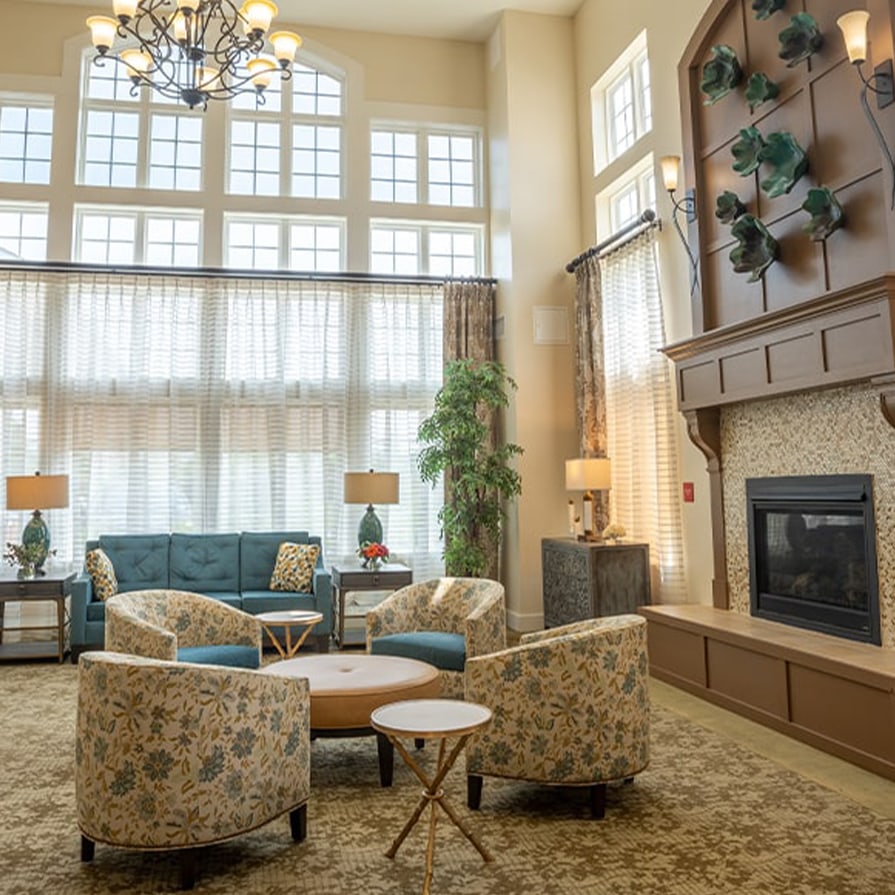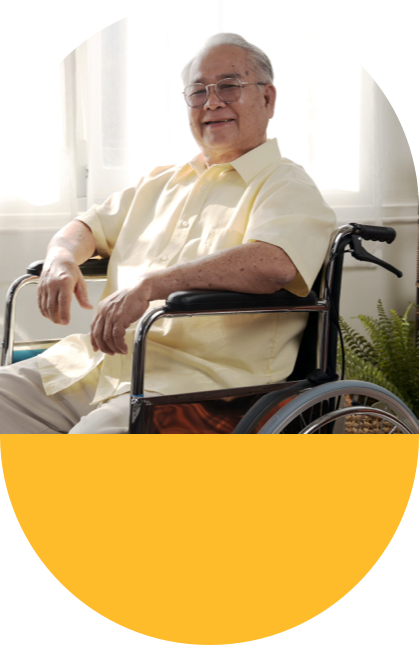Advances in technology help individuals live autonomously longer. Technological solutions are being developed specifically for assisted living residents, providing them with greater independence and improving their overall quality of life.
Some examples of technology solutions for assisted living residents include smart home technology, wearable devices, virtual reality, and more. These solutions aim to address common challenges faced by older adults, such as mobility limitations, memory loss, and social isolation.
Smart Home Technology
Smart home technology refers to the use of internet-connected devices to automate and control various aspects of a home. In assisted living communities, this technology can be used to adjust lighting, temperature, and other settings in a resident’s room with simple voice commands or through an app on their smartphone. This provides convenience for residents and helps them maintain independence by allowing them to control their environment.
Smart home technology can also include safety features such as motion sensors and emergency call systems. These can detect falls or other emergencies and automatically alert caregivers or medical personnel. This enables quick response times and ensures the safety of assisted living residents.
Wearable Devices
Wearable devices, such as smartwatches and fitness trackers, have become increasingly popular in recent years. For assisted living residents, these devices can be used to monitor their health and well-being. They can track vital signs, such as heart rate and blood pressure, as well as activity levels and sleep patterns. This information can then be shared with caregivers or medical professionals for early detection of potential health concerns.
Wearable devices also offer features for medication reminders and emergency alert systems. These can help with memory loss and provide a sense of security for residents knowing that help is just a button press away.
Virtual & Augmented Reality
Virtual and augmented reality technologies have been used in various industries, but they also have potential applications in assisted living. These immersive technologies can provide cognitive stimulation for residents with memory loss or limited mobility. They can also create virtual environments that simulate real-life scenarios, allowing residents to experience activities they may no longer be able to physically participate in.
Virtual and augmented reality can also serve as a form of social interaction for isolated older adults. With the ability to connect with others virtually, assisted living residents can combat feelings of loneliness and isolation.
Robotics
Advancements in robotics have also made their way into assisted living communities. Robots can assist with various tasks, such as medication reminders, room cleaning, and even companionship. Some robots are equipped with voice recognition technology and can respond to simple commands or engage in conversation with residents.
For those with limited mobility, robotic exoskeletons can provide assistance with standing up and walking. This not only promotes physical activity but also improves overall well-being.
Advantages of Technology in Assisted Living
There are numerous advantages that technology offers to assisted living residents, including:
- Increased safety and security: With the use of smart home technology such as motion sensors, voice-activated devices, and surveillance cameras, residents can feel safer in their homes. This technology can also be integrated with emergency response systems to provide quick assistance if needed.
- Improved communication and connectivity: Technology such as video conferencing, social media, and messaging apps allow residents to stay connected with family and friends, even if they are unable to physically visit.
- Enhanced independence: Assistive technology, such as smart medication dispensers and wearable devices that monitor vital signs, can help residents maintain their independence by reminding them to take medications or alerting staff in case of a medical emergency.
- Cost-effective solutions: Implementing technology can also be cost-effective for assisted living communities. For example, automated medication dispensers can reduce the need for staff assistance with medication management, saving time and resources.
- Personalization of care: Smart sensors and wearable devices can collect data on a resident’s daily habits, allowing care providers to personalize care plans based on individual needs and preferences.
- Entertainment and engagement: From virtual reality games to interactive therapy tools, technology can provide entertainment and engage residents in activities that promote cognitive, emotional, and physical well-being.
How Juniper Uses Technology for a Fulfilling Lifestyle
Assisted living communities are continually adapting to incorporate the latest technologies to improve the quality of life for residents. From smart home systems to wearable devices and immersive technologies, these advancements are transforming the way older adults age in place. By incorporating technology, assisted living communities can provide a safer, more comfortable, and socially engaging environment for their residents.
At Juniper, we prioritize the integration of technology to enhance our assisted living communities. By embracing innovative solutions, we can better meet the needs of our residents and provide them with a fulfilling and enriching lifestyle.
Contact us today to learn more about our technology-driven approach to assisted living. Let us help you or your loved one live life to the fullest in a supportive and technologically advanced community.







